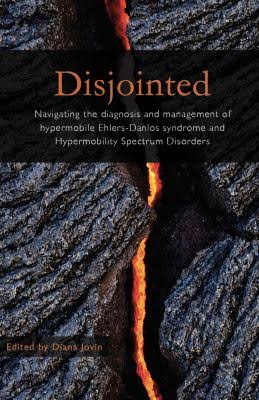by Stella Wang, OT/CHT
To imagine the life of someone living with hypermobility, one has to first understand how joints are constructed and supported. Think of our joints as the connection between each building block that stack on top of each other to enable to us to be upright, or carry and lift weights. Our ligaments are primary stabilizers and muscles being the secondary and dynamic stabilizers. For people with hypermobility, those important ligaments are like stretchy rubber bands, unable to sufficiently hold the joint together under stress. The muscles that dynamically support the joints have to then work much harder to keep things together. As a result, various musculoskeletal symptoms occur. To lump it all as pain would be doing it an injustice.
Here is a list of what someone with hypermobility might be going through at any given time:
- Joint pain – Especially with or after activity/load/stress
- Joint subluxation/dislocation – Particularly common for joints that have a lot of movement i.e. shoulder, thumb, wrist
- Neural tension or compression – Numbness or tingling as a result of nerves being stretched or compressed in hyperextended positions.
- Muscle pain/spasms – Certain muscles over-engage unconsciously to try to compensate for the hypermobile joints. When the ligaments are lax, muscles have to tighten up and overwork to keep joints together. We don’t even realize that we are doing it until the muscles are in pain!
- Fatigue – Simple things like standing upright and moving around require much more work for someone with hypermobility.
Managing these symptoms become particularly difficult because of the unique biomechanical challenges that hypermobility poses:
- Poor proprioception – Not knowing where your joints are in space so you don’t know when you are in a bad posture or when the joints are hyperextended.
- Weak stabilization muscles – Small muscles around the joint that are constantly working to keep us upright that we take for granted are generally weak and overworked in people with hypermobility.
- Compensatory muscle tension – Overworked muscles may shorten and tighten up, but to allow them to relax, stretching the joint is not an option. The lax ligaments will just overstretch before the muscles can lengthen.
Many people with hypermobility start noticing these symptoms in their teenage years or early adulthood when they are experiencing more life/activity demands. Activities like handwriting and computer use become painful or fatiguing in a short period of time. Recognizing these symptoms early can help foster good habits and develop a personalized therapy program, which is key to the management of hypermobility.
Helpful resources:



